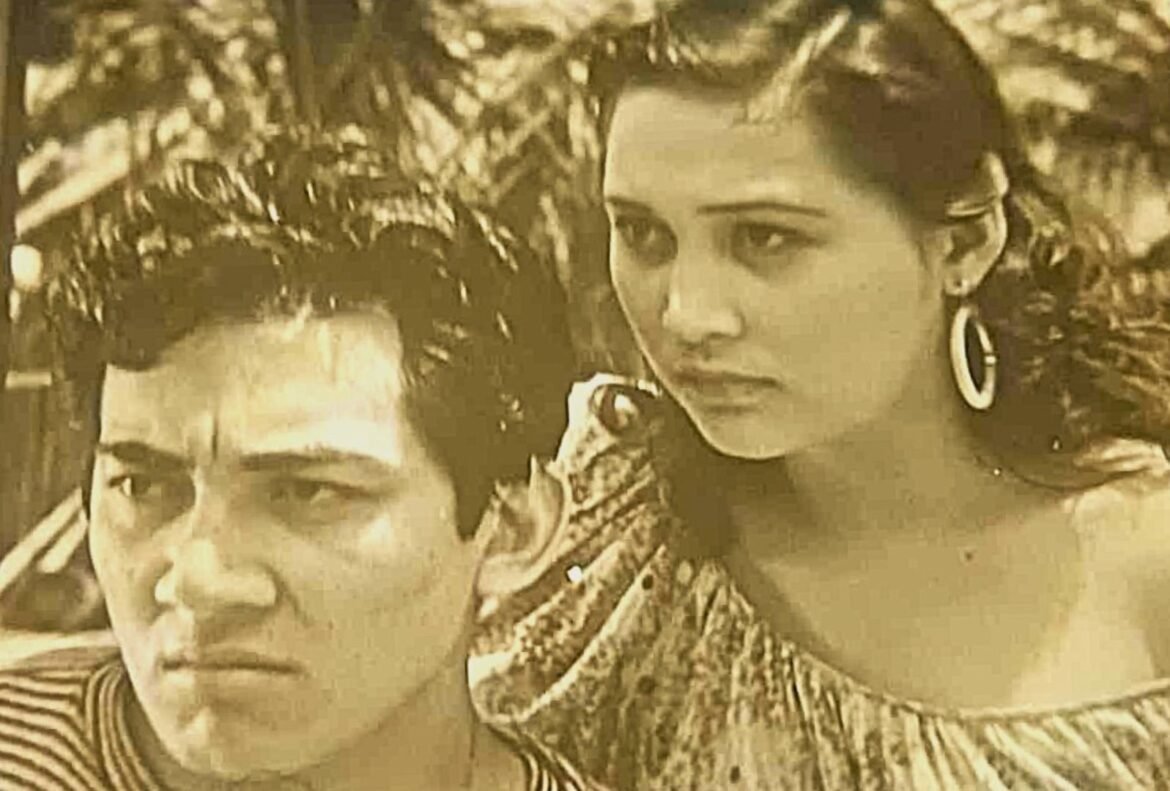November 1, 2025 | 4:08pm
MANILA, Philippines — A copy of the 1936 Filipino movie “Diwata ng Karagatan” was discovered in the Royal Belgian Film Archive, making it the oldest surviving Filipino film before World War II.
Film historian Nick Deocampo shared the discovery on his Facebook account detailing his journey from Germany to Belgium, to meet a daughter of Ilonggo-language filmmaker Louise Baterna to collaborate with the Cinémathèque Royale de Belgique to located the film.
The copy of “Diwata ng Karagatan” is on a 35 mm print, with Deocampo noting there is no digitized version since a nitrate original was deposited at the archive by the now-closed Belgian film laboratory CineLabor nearly a decade ago.
Before the discovery, the oldest surviving pre-war Filipino film was “Zamboanga” from 1937 starring Fernando Poe Sr. and Rosa del Rosario, which Deocampo also recovered in 2004.
Deocampo noted that “Diwata ng Karagatan” will celebrate its 90th anniversary next year, and during three years after its initial release was re-premiered because of successful exhibitions abroad, particularly in France.
The last known exhibition of the movie was at the Fox Theater (later known as the Dalisay Theater, the site of the current Manila Grand Opera Hotel) as war struck Manila and a huge majority of movies were lost.
The film historian also pointed out that “Diwata ng Karagatan” is the first and only film confimed to be produced by Jose Nepomuceno, the Father of Philippine Cinema, and a copy to show for it.
“Despite rumors of some films attributed to Nepomuceno to be existing, none of his films has ever been found,” said Deocampo.
Nepomuceno produced the movie through his Parlatone Hispano-Filipino studio while Carlos Vander Tolosa directed.
Tolosa would go on to direct the first films of legendary film studios Sampaguita and LVN, namely “Bituing Marikit” and “Giliw Ko” which both starred Ely Ramos.
Both movies survived World War II as did copies of “Ibong Adarna,” “Tunay na Ina” and “Pakiusap,” something Deocampo lamented as many more were lost to history.
Deocampo explained it is hard to find Filipino films in foreign film archives because of film piracy, a practice that was rampant even during the early days of cinema.
“‘Diwata ng Karagatan’ fell victim to this unscrupulous practice when a copy presumably owned by a French distributor was re-edited and later released in the French-speaking market. It was claimed to be a French production, which it was not,” the historian said.
A French film promoter cut down the movie to under an hour, mixing scenes and erasing Filipino names credited to its creation, including Nepomuceno and Tolosa, replacing them with French names under the guise of a musical romance, and French voice-over narration was added though Tagalog dialogues were preserved.
“Baterna and I found it heartbreaking to find only a long black leader at the end of the film where names of Filipinos once appeared in the closing credits. The ending was all blacked-out while the theme music continued to play,” said Deocampo, calling it “filmic and cultural erasure.”
Deocampo ended by lamenting the lack of efforts to find Filipino films abroad, admitting it was a gamble to arrive in Belgium using personal expenses without being certain if a “Diwata ng Karagatan” copy did exist — but this time, history is on the Philippines’ side.
RELATED: Quezon City, Dumaguete join UNESCO Creative Cities Network


